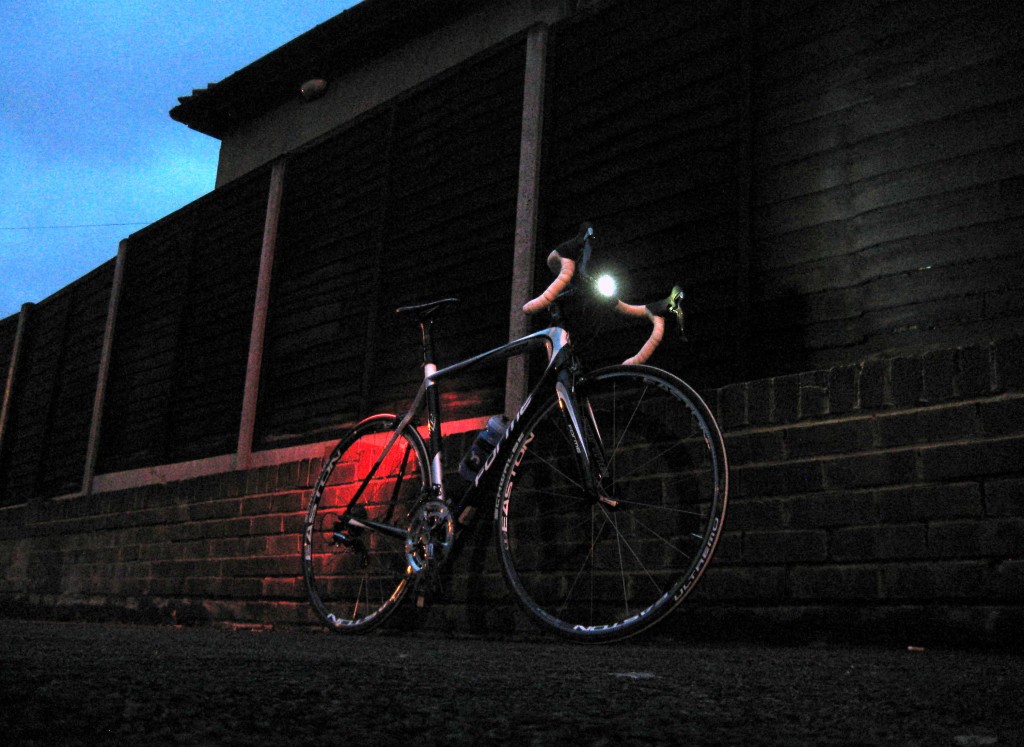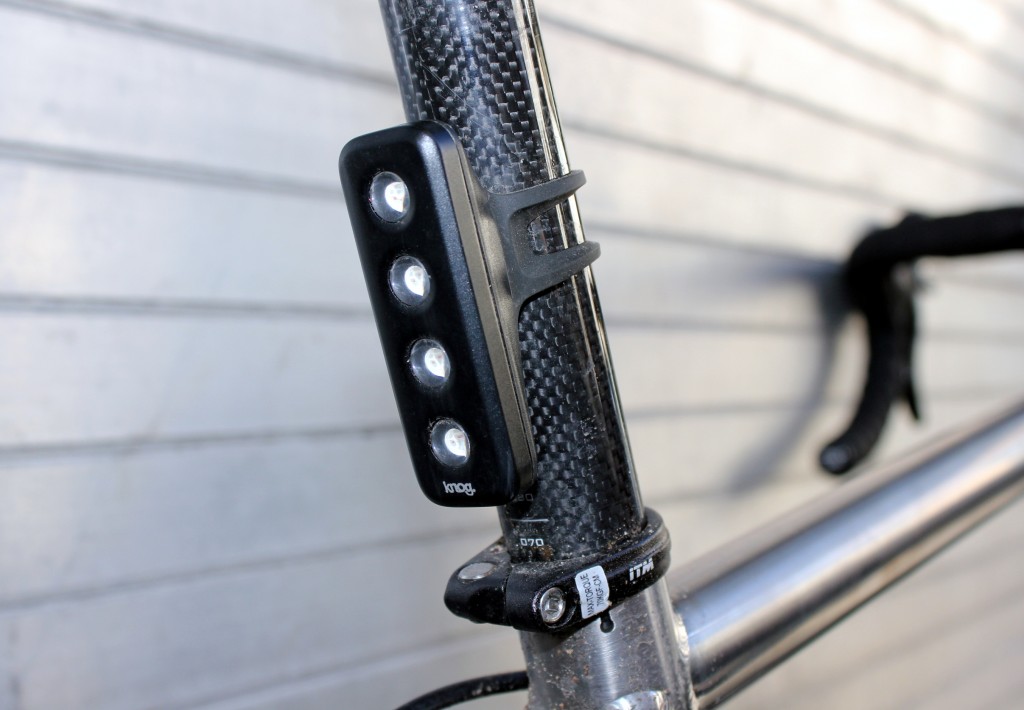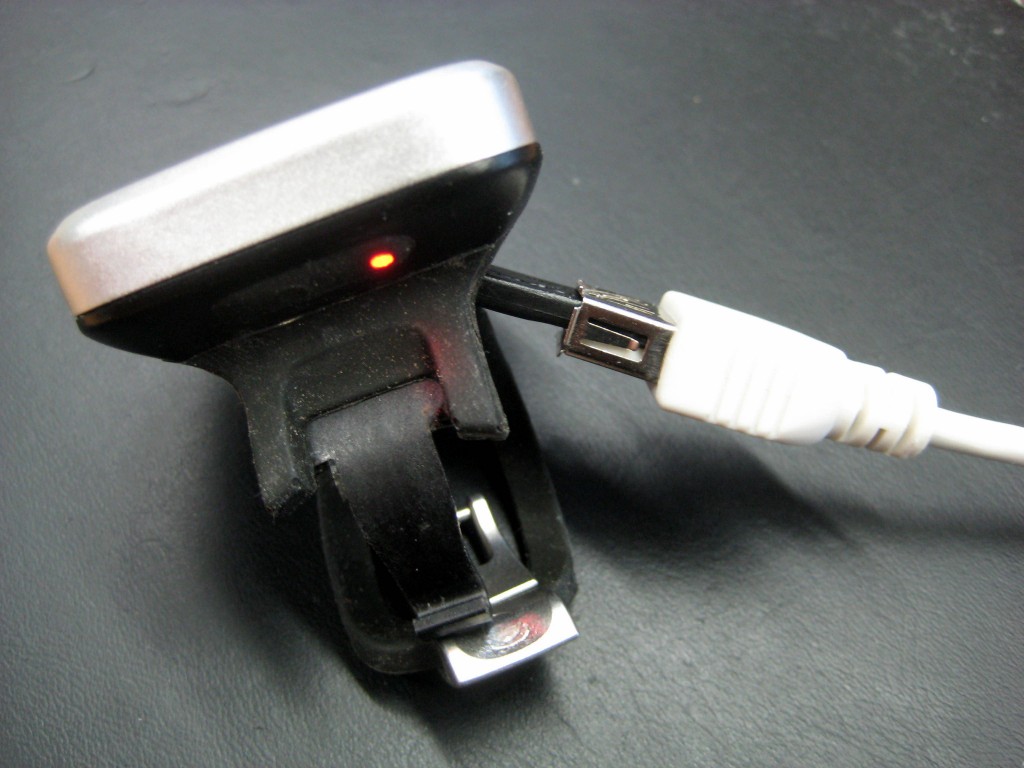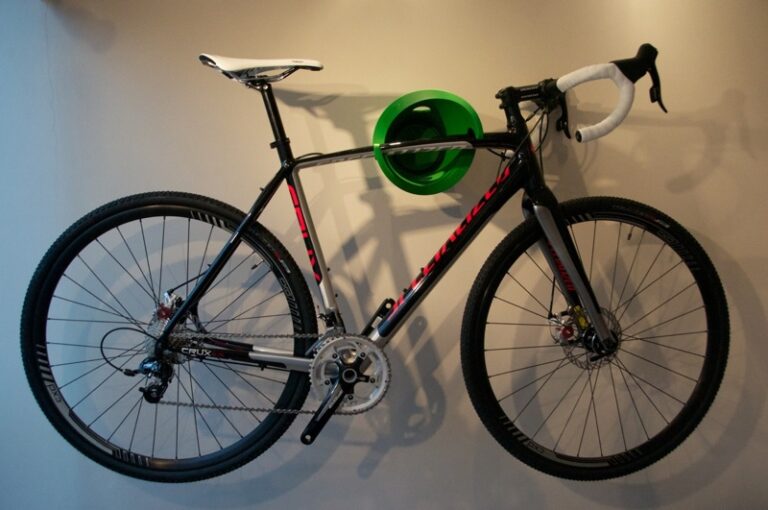The Blinder 4 is a super-bright commuter light that comes in front and rear versions – but an otherwise excellent lamp is a little let down by a fiddly recharging mechanism.

Aussie firm Knog were the innovators of the original silicon-bodied commuter light. The range has had a major overhaul with the introduction of the Blinder 4 commuter light and the single-LED Blinder 1 safety light.
Knog’s lights have, on previous models at least, attached to the handlebar or seatpost using a simple silicon strap. It’s a versatile and easily attachable design which has ‘inspired’ similar lights from rival manufacturers.
So Knog went back to the drawing board to see how they could improve the design. This is the result. The Blinder 4 uses four LEDs to pump out a claimed 80 Lumens at the front and 44 at the rear.
These are lights with which to ‘be seen’ and both are extremely bright – certainly bright enough for riding on well-lit roads. The four-LED arrangement (available in a range of designs) makes the lights particularly startling on any of the four flashing modes. The front light (on constant mode) is also bright enough for slow, careful riding if, say, there’s a short section of unlit, shared footpath on your commute, like there is on mine.

Knog’s existing lights, which remain in the range, have a silicon rubber skin which fits closely over a hard plastic housing, but the Blinder has an anodised aluminium front cover, with a plastic rear, moulded to a silicon strap with a stainless steel camber clip.
It’s an improvement on the previous design which, while innovative, had a silicon strap and clasp mechanism was was less durable and less secure. This updated mechanism, on the other hand, ensures a very secure, snug fit around the handlebar or seatpost, and the housing itself is smart and well made.
There is, of course, a limit to how wide your handlebars or seatpost can be. Knog say the upper limit is 33mm and none of the machines in RCUK’s test fleet posed a problem.
The Blinder is powered by a lithium polymer battery, with a claimed battery life of three hours in steady mode, four to five hours in the ‘fast flash’, ‘organic flash slow’ and ‘organic flash fast’ modes, and up to 50 hours in ‘eco flash’ modes. These times proved a little generous over the course of our test, with a ten per cent deduction perhaps more accurate.
Both the front and rear lights are USB rechargeable; an ideal solution for commuter lights as you can plug them in when you get to work each day. A small USB plug pops out from the back of the light which looks fairly brittle but we haven’t encountered any durability problems during our test. However, the lights plug in at an angle and it’s a tight squeeze to charge both at the same time on a desktop tower. We’ve taken to using a USB extension lead which was lying around the office.

It’s more problematic when you try and plug the lights into a laptop. The angle of the light means you have to hang the laptop over the side of the desk, or place the laptop on a book, for example. Again, a USB extension lead solves the problem but it’s an unfortunate oversight by Knog.
Otherwise, there’s a small LED on the light which is red while charging and green when full charged. It also turns red when the light’s in use but the battery’s running low.
To turn the light on you have to press the single button for 0.75 seconds, which prevents it accidentally switching itself on in your bag. You can then cycle through the five different modes by pressing the button, or turn the light off by holding the button for 0.5 seconds.

Crucially, Knog say the light is 100 per cent waterproof and it’s stood up to everything this test has thrown at it: all-day drizzle, heavy rain and mud-caked roads.
The front and rear lights are sold separately and retail at £34.99 a piece. That puts the Blinder at the premium end of the commuter market and it is an excellent light: smart, durable and super-bright but, while not a fatal flaw, the USB recharging should be easier than it is.





